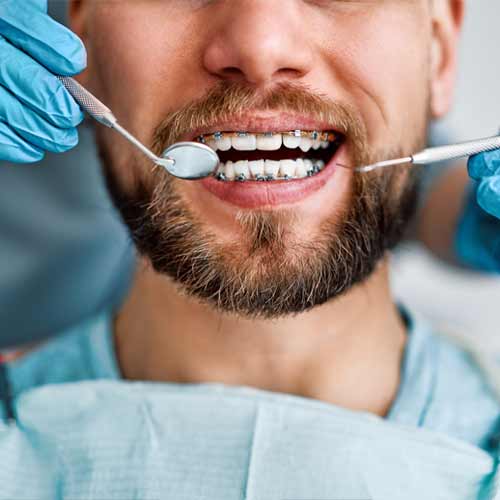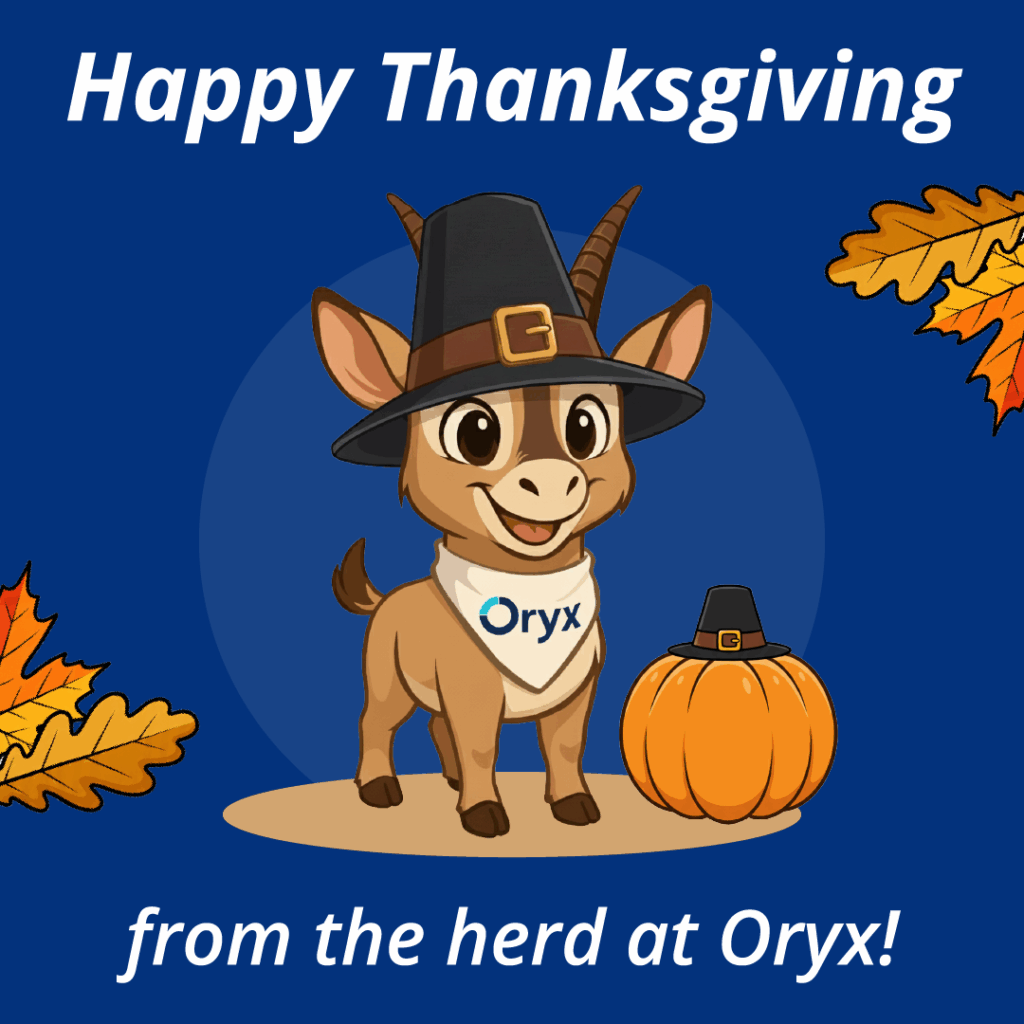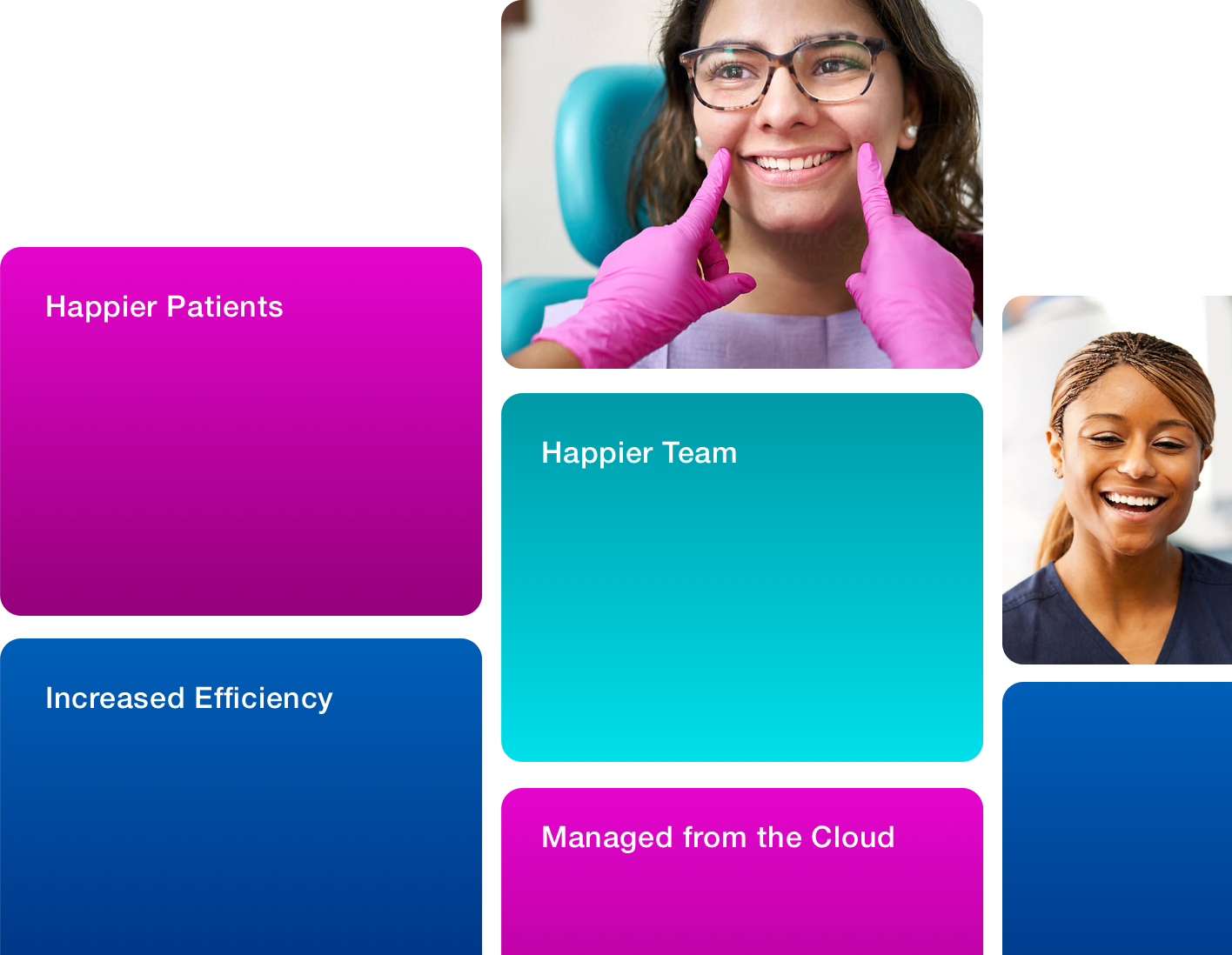Full disclosure, I love sharks.
Admittedly, I probably know more about shark teeth than human teeth, and functionally, talking sharks at an organization serving the dentistry community is probably a bit counterintuitive.
For one, sharks don’t need dentists. They have rows and rows of disposable teeth. If a tooth gets stuck or damaged, it falls out, and a new one takes its place. Even hygiene is covered via symbiotic relationships with teeth-cleaning organisms like pilot fish, to which many species of shark gladly offer no-CHOMP-access to feed off of parasites and food scraps in their pearly whites.
And yes, my primary area of expertise is in marketing, not dentistry or oral health. However, the thing about sharks is, they get people talking. They get people to pay attention. And if I know anything as a marketer, it’s how to recognize and harness opportunities to get people to start talking and pay attention…

You Can Count On Sharks and Shark Week to be Around Every Year (Knock on Wood):
Sharks have been around, in one form or another, on earth longer than Saturn’s rings have been around Saturn. They’re old. As long as we humans come to our senses, and stop actively trying be rid of them and otherwise unwittingly harming their ocean home, they’ll be here for millions of years more.
In a shorter time span, Shark Week is also fairly predictable – it’s every year, and the date is often announced with ample notice. You can fully take advantage of shark week timing to plan shark themed patient communications or reminders, add a little shark decor pizazz to your practice, or other fun things you can think of to keep oral health top of mind among your patients.
The Business End of Sharks is Always About Teeth:
“Jaws” – a movie title that could’ve theoretically been about any animal with a mandible is universally known as the shark film. Why? The mouth of a shark, particularly, in this case, a Great White, is one of nature’s most effective and powerful (and to be fair, frightening) oral environments out there. When people think of “the business end” of a shark, they think of the mouth, the jaws.
However, sharks are all business. From the tip of their nose to the tip of their tail, every shark has passed eons of evolutionary tests to be the best at what they do. And covering every inch of every part of every shark is an evolved scale-like structure with a VERY familiar prefix in its name: “denticles.” Sharks don’t have true fish scales. They have denticles. “Tooth skin.” Look really close, and sharks skin looks like teeth. It’s what helps them move so smoothly and efficiently through the water while also being such strong and resilient creatures.

Different Sharks Offer Different Examples of Every Kind of Human Tooth:
Just like us, sharks have different types of teeth that serve different functions—and those functions mirror our own dental design more than you might think.
- Port Jackson sharks have flat, molar-like teeth in the back of their jaws for crushing and grinding the hard shells of mollusks and crustaceans—just like our molars help us break down dense, fibrous foods.
- Ragged Tooth sharks (also known as Sand Tigers) and Mako sharks sport long, needle-like teeth perfect for piercing and holding slippery prey, not unlike our canines, which help tear and grasp food.
- Tiger sharks are the slicers of the sea. Their uniquely serrated, curved teeth are designed to shear through tough material, much like our incisors are the sharp edges that start the biting process.
- Whale sharks, despite their size, are gentle filter feeders. Their small, vestigial teeth aren’t for chewing at all—they rely on gill rakers to filter plankton and small fish from the water. You could liken this to the interproximal spaces between our teeth—critical for removing unwanted debris, especially if you’re sipping a seedy smoothie and wishing you’d flossed first.
Bringing these comparisons into patient conversations—especially with younger patients or shark lovers—can help make discussions about tooth function more visual, memorable, and even fun.
Sharks Are a Gateway to Good Questions:
Sharks make great conversation starters in the operatory chair. Whether you’re talking to a nervous teen, a chatty kid, or an adult who’d rather be anywhere else, asking, “Did you know some sharks have molars like we do?” can redirect focus, lower anxiety, and provide an opening to talk about tooth care.
It may sound silly, but anchoring care conversations in unexpected metaphors keeps patients engaged—and more likely to remember their dentist’s advice long after the appointment.
Sharks and Dental Practice Software Have More in Common Than You Think:
It may seem like a stretch, but there’s a surprising parallel between sharks and top-tier dental software (bear with me here):
- Adaptability: Sharks have evolved over hundreds of millions of years to handle just about anything the ocean throws at them. Likewise, smart dental software should evolve with your practice—growing to meet the changing needs of your team, patients, and regulatory landscape.
- Efficiency: A shark’s body is optimized for swift, streamlined movement—thanks to those tiny tooth-like denticles. Oryx’s software is designed for similar smoothness: no unnecessary drag, just well-organized features to help you move efficiently from patient chart to treatment plan to follow-up.
- Predictive and Smart: Sharks can detect the faintest movements or electrical signals in the water. Good software anticipates what your practice needs next. Whether it’s tracking patient progress, generating reminders, or identifying gaps in care plans, when you know what you need, your software will have it on the roadmap. At Oryx, we’re always listening to what our users are doing and asking for. It’s how we match human care with AI efficiency to innovate for whatever new demands that may arise in dentistry.
So yes, while your practice may not need rows of regenerating teeth or electroreceptive sensors, having a reliable, smart, and resilient backbone like Oryx can help you swim confidently through whatever comes your way.
Remember: The Hook is the Tooth, and the Tooth is the Hook:
At the end of the day, teeth, “jaws,” chompers, are among the biggest reasons you’re talking to patients about oral health. Shark Week gives you a timely excuse to make that conversation sink in.
Add a shark fact to your waiting room whiteboard. Share a “tooth type of the day” on your socials. Invite kids to match shark teeth with human teeth on a poster by the brushing station.
You don’t have to reinvent your approach—just ride the fin of what’s already capturing attention. And if it helps even one more patient brush better, floss more often, or stay consistent with appointments, then that’s a win worth celebrating (no chum required).
If Shark Week got your attention, but we got you thinking about a more evolved kind of dental practice management software, schedule a demo today!








